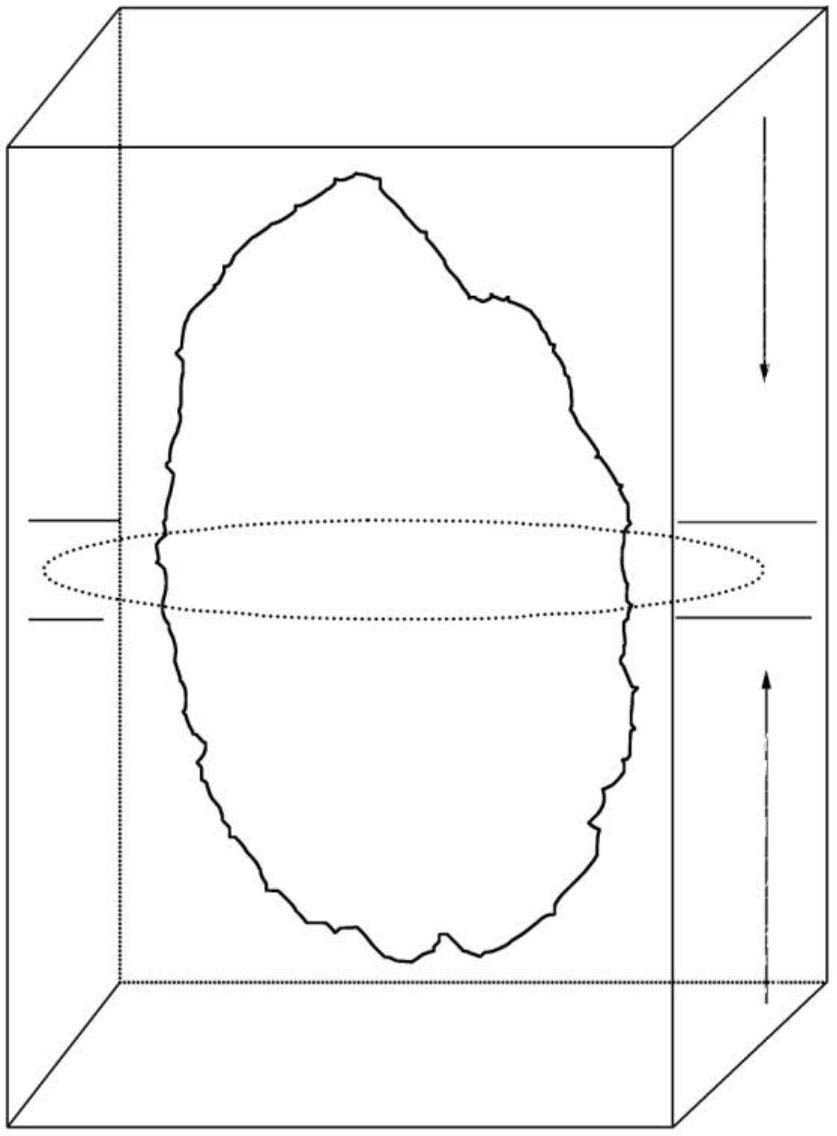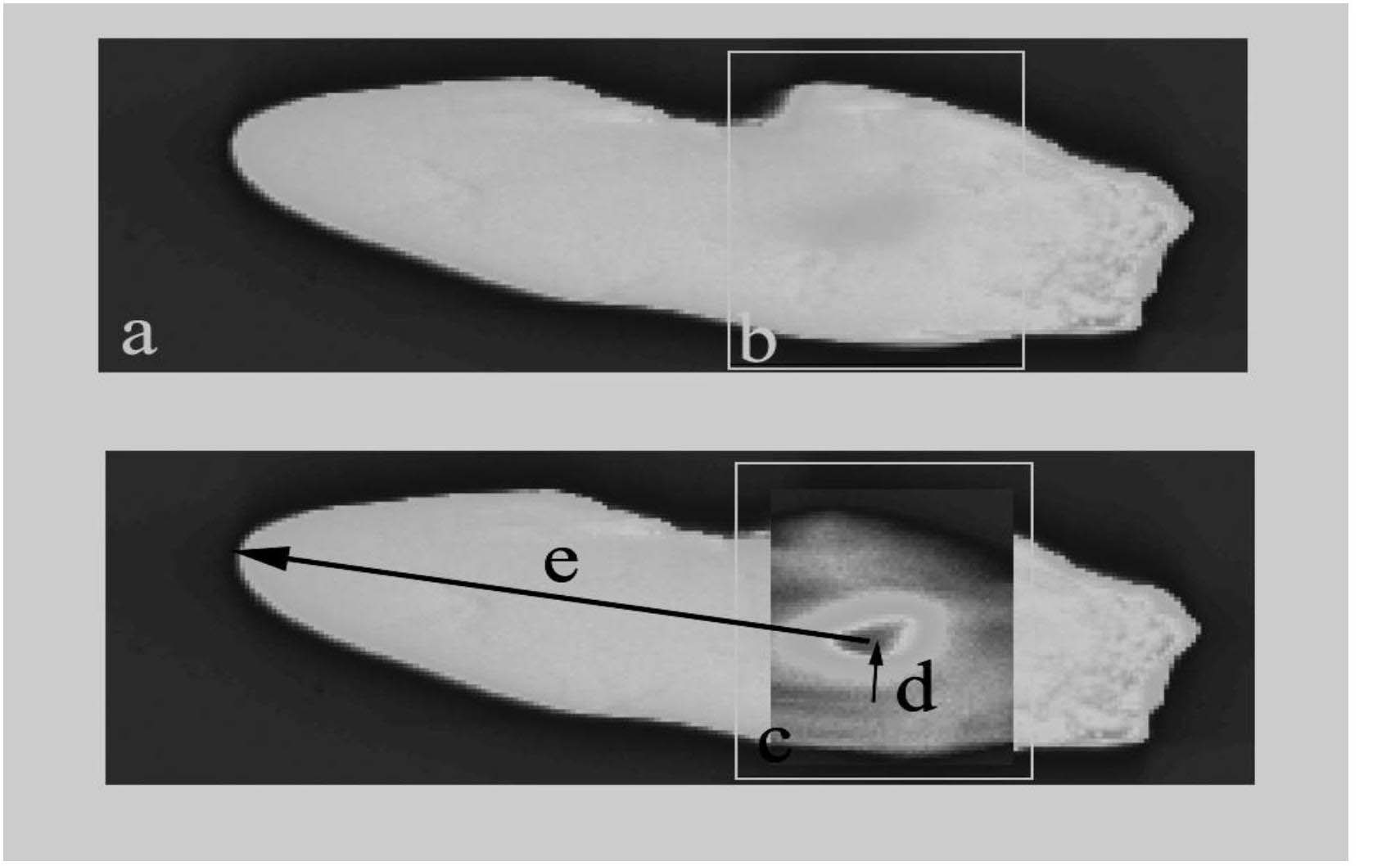Method for researching migratory behaviour of anguilla japonica by employing otolith microchemistry
A microchemical and otolithic technology, applied in the field of fish ecology, achieves low radiation dose, safe operation and sensitive detection
- Summary
- Abstract
- Description
- Claims
- Application Information
AI Technical Summary
Problems solved by technology
Method used
Image
Examples
Embodiment
[0027] Preparation of Japanese eel otolith cross-section:
[0028] Excavation: In order to avoid elemental contamination, a pair of sagittal otoliths were taken out from the ear capsule of Japanese eel with clean bamboo tweezers. In an ultrasonic cleaner, the surface film and mucus of the otoliths were washed with deionized water, and placed in the numbered Dry in the centrifuge tube;
[0029] Embedding: Number the abrasive tools, and the number is consistent with the label of the centrifuge tube. Select the left otolith as the analysis material, place the concave side of the otolith upward, put it horizontally into a plastic otolith abrasive tool (the specifications of the abrasive tool are: length 22mm, width 19mm, height 8mm), and slowly pour the prepared cold embedding resin for embedding , let stand until hardened, figure 1 Shown is a schematic diagram of the shape of Japanese eel otolith and the grinding direction after embedding. The arrow in the figure shows the dire...
PUM
 Login to View More
Login to View More Abstract
Description
Claims
Application Information
 Login to View More
Login to View More - R&D
- Intellectual Property
- Life Sciences
- Materials
- Tech Scout
- Unparalleled Data Quality
- Higher Quality Content
- 60% Fewer Hallucinations
Browse by: Latest US Patents, China's latest patents, Technical Efficacy Thesaurus, Application Domain, Technology Topic, Popular Technical Reports.
© 2025 PatSnap. All rights reserved.Legal|Privacy policy|Modern Slavery Act Transparency Statement|Sitemap|About US| Contact US: help@patsnap.com



